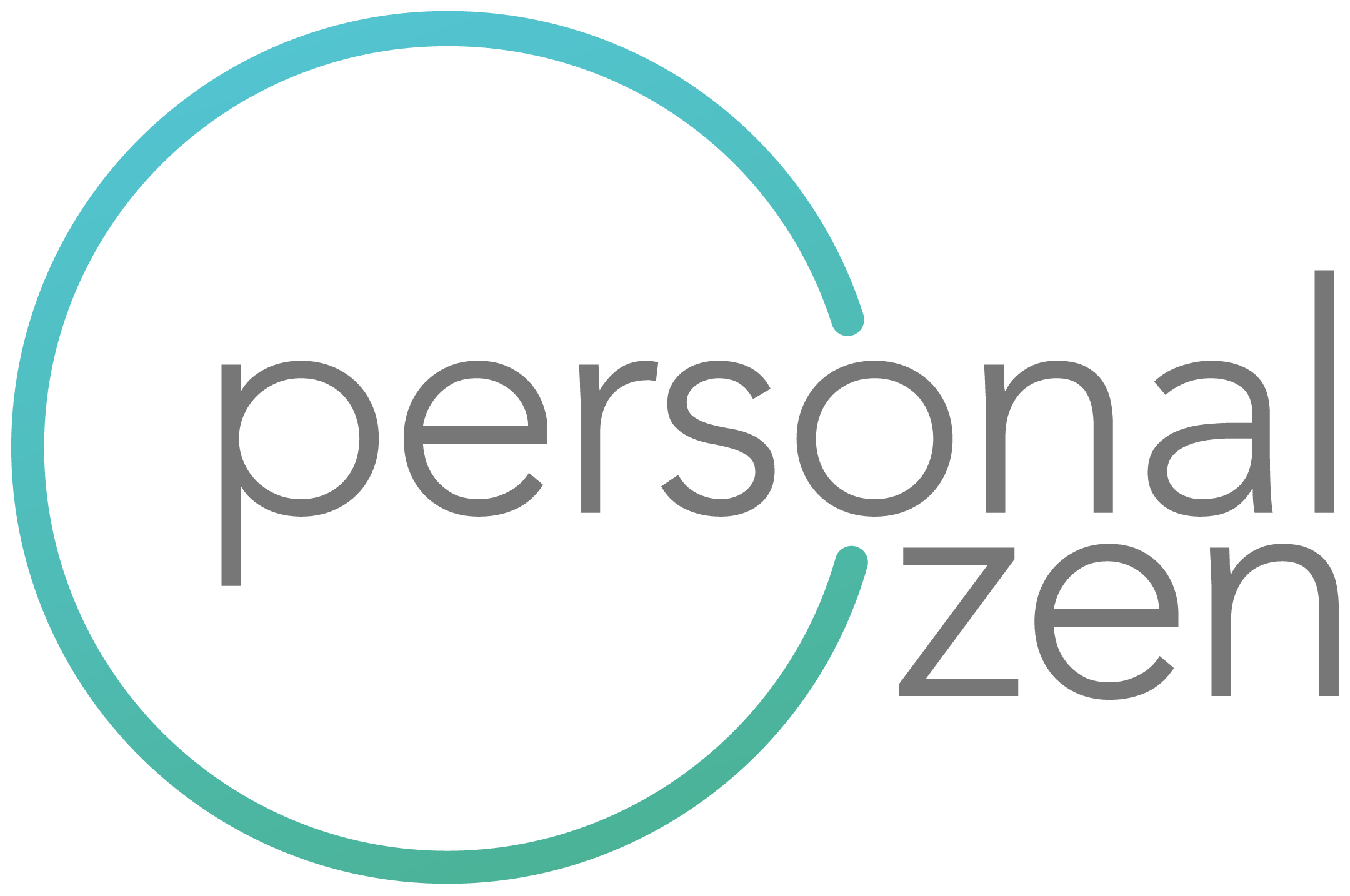As featured in PSYCHE’S CIRCUITRY
I had the pleasure of being on stage at the Rubin Museum with two wonderful artists (and human beings!), Candy Chang and James Reeves. In 2018, they created a participatory art installation for the Rubin Museum called A Monument for the Anxious and the Hopeful. Each day visitors added new hopes and anxieties, totaling over 53,000 anonymous submissions. I have been working with Candy and James over the past year to make sense of these submissions and what they reflect about the personal and the public, about intimate experiences of hope and anxiety and broader societal shifts. One of the most beautiful aspects of this project was the degree to which people engaged and found solace in the work.
Indeed, when my family and I entered the Rubin museum in 2018, as past visitors of the museum we were used to admiring the giant spiral staircase winding up the light-filled foyer and the exquisite Tibetan sculpture of a lion standing guard at the far wall. So, we were excited and a bit stunned to see something that seemed completely out of place in this museum devoted to Tibetan, Indian, and other Himalayan cultures – a giant wall, half blue and half red, covered with hundreds of white cards. As we approached, we saw that there was writing on each of these cards. It seemed like a secret message in plain sight, waiting to be decoded. This was The Monument for the Anxious and Hopeful. Visitors were invited to share their anxieties and hopes by finishing one of two sentences, printed out on thousands of cards: I am hopeful because …- or – I am anxious because…. Then, visitors placed the cards on hooks fixed to a wall, divided by two colors – blue for hopes and red for anxieties.
As we talked through what we were seeing, my then 6-year-old daughter Nandini was the first to get it, saying “They want us to make the art!” She took a card that said I am hopeful because and completed the sentence with one of the words she had mastered spelling – love – and proudly placed it one of the hooks fixed to the wall.
We came back to the Monument every few months to help “make the art.” We always took time to read the massive wall of cards. The shared concerns and moods wove together like a patchwork quilt, each piece different but somehow connected. Written by thousands of visitors over its year-long exhibition, the words on the cards seemed to move together like a wave, ebbing and flowing with thoughts and ideas, at times playing off each other, contradicting each other, and forming themes and variations.
News headlines often drove the focus –political dramas, gun violence, suicides – and other times, anxieties were deeply and painfully personal, about being loved, safe, accepted, about whether family and friends were okay. “I don’t know where to go next.” “Racism is destroying us.” “I don’t know if I will find love again.” “My daughter is struggling.” “I despise wisdom because it gives me false hope.”
Yet, the cards on the wall did speak of immense hope, conveying in a few words that we have still have love, dreams, and faith, so it will all work out in the end. “Love connects us.” “No matter how lonely you are, the world lends itself to your imagination.” “People with bad GPAs can still be successful!” “She said yes.”
On that first visit, my then 9-year-old son Kavi noticed an interesting pattern – the cards for anxiety were often the same as the cards for hope: I’m anxious because I have a job interview; I’m hopeful because I have a job interview. I’m anxious because people are fighting over politics; I’m hopeful because people are fighting over politics. Kavi asked, “How can we be anxious and hopeful about the same thing?”
As many parents know, having to explain something to a child forces us to get to the heart of the matter. When Kavi asked me that question, I thought, “I got this.” I told him, “Anxiety is a warning message to us – that our present reality and future dreams are out of sync.” He gave me a blank look. So then I told him, “Anxiety lives off our hope for a better future when the future is uncertain.” He raised one eyebrow. Finally, I told him, “We’re only anxious when we care, and there is so much to care about.” His eyes lit up because that he understood.
He, like the Monument’s creators, had a deep intuition that the anxiety we experience today – perhaps more at this moment of time than any other point in history – is born at least in part out of the sheer amount we know and care about. Candy and James described their inspiration for the piece:
“We live in a uniquely unsettled moment of technological, political, and social flux. Awash in endless currents of information delivered by glowing screens, each new headline, discovery, and development brings a fresh opportunity for hope or anxiety, depending upon our individual attitudes and philosophies. By definition, anxiety and hope are determined by a moment that has yet to arrive—but how often do we pause to fully consider our relationship with the future? Are we optimists or pessimists? And how do our private sensibilities square with the current collective mood?”
Anxiety and hope are defined by a moment that has yet to arrive.
The Monument shows in moving and concrete ways that anxiety and hope are intrinsically intertwined in our imagined future and that both are a way of thinking about the world yet to come. Not only hope, but anxiety also may yet allow us to tell the stories we need to heal our futures – and perhaps the present, too.




